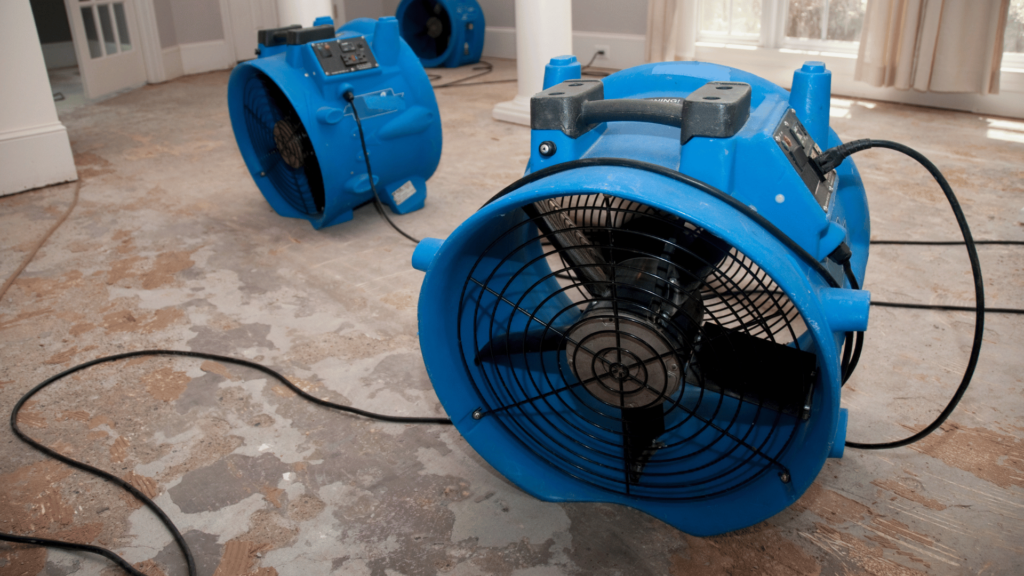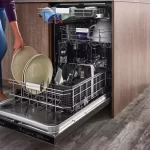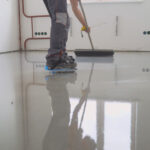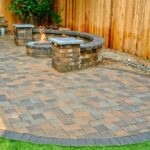10 Essential Steps to Take Immediately After Flood Damage
Flooding is one of the most devastating disasters that can strike a home. Whether it’s caused by a natural disaster, burst pipes, or a malfunctioning appliance, water damage can quickly wreak havoc on your property. The aftermath of flooding requires swift action to minimize damage and ensure the safety of everyone involved. Here is a comprehensive guide to help you take the most critical steps after experiencing flood damage in your home.

Content
1. Ensure Safety First
Before doing anything else, make sure the environment is safe for you and your family. Water and electricity are a dangerous combination, so if you suspect water has entered electrical outlets or submerged electrical appliances, do not enter the area. Shut off the main power supply to your home if it’s safe to do so. If you can’t access the power safely, contact an electrician immediately to handle the disconnection.
If the flooding is severe, or there’s a possibility of structural damage, evacuate your home until a professional can assess the situation. Always prioritize your health and safety before attempting to address the damage.
2. Stop the Source of Water (If Possible)
If the flooding is due to internal issues like a broken pipe, it’s crucial to stop the water flow immediately. Locate and shut off the main water valve to prevent further flooding. If the flooding is from a natural disaster, such as a heavy storm or overflowing river, this step may not be applicable, but it’s still important to minimize any additional water sources that might contribute to the damage.
3. Document the Damage for Insurance Purposes
Once it’s safe to re-enter your home, take photographs and videos of the damage before you start cleaning up. This documentation is crucial for filing a comprehensive insurance claim. Make sure to capture not only the visible damage to walls, floors, and furniture but also any hidden areas such as behind appliances or in the basement. This evidence will help substantiate your claim and speed up the process of receiving compensation.
4. Contact Your Insurance Company
After documenting the damage, reach out to your home insurance company as soon as possible. Flooding is often covered by homeowners insurance policies, though coverage specifics can vary. Provide your insurance agent with the documentation of the damage and be ready to answer questions about the extent of the flooding. Your insurance provider may also recommend a licensed adjuster to assess the damage, so make sure to follow their instructions carefully.
5. Remove Excess Water
To prevent further water damage and mold growth, start removing as much water as possible. You can use buckets, mops, towels, or even a wet/dry vacuum to begin the process. Open windows and doors to ventilate the area, and if the weather permits, use fans and dehumidifiers to help dry out the space.
It’s important to remember that even if the surface looks dry, moisture can still remain trapped in walls, floors, and ceilings. For this reason, it’s often best to call a professional water removal or restoration company that has the necessary tools and expertise to ensure your home is fully dried out.
6. Move and Salvage Belongings
Once you’ve reduced the water levels, begin moving your belongings to a dry area. Prioritize valuable or irreplaceable items like important documents, electronics, and sentimental items. Items like upholstered furniture, mattresses, and rugs may be difficult to save if they’re soaked through, but hard-surfaced furniture and appliances can often be cleaned and restored.
For items that are not salvageable, document their condition for your insurance claim before discarding them. Mold can begin to grow on wet items within 24 to 48 hours, so act quickly.
7. Remove Damaged Carpets and Flooring
Water can quickly seep into carpets, rugs, and flooring, causing severe damage that can lead to mold growth and structural issues. If the carpeting or flooring is heavily soaked, it’s best to remove it right away. Pull up carpets and underpads, and remove any damaged wooden flooring to prevent warping and decay.
Be sure to also remove any baseboards and drywall that may have been exposed to water. Drywall can absorb water, which can weaken its structure and lead to mold growth.
8. Disinfect and Clean
Floodwaters often contain contaminants such as bacteria, chemicals, and debris, which pose health risks. Once the water has been removed, disinfect all affected surfaces, especially those that come into direct contact with floodwater. This includes walls, floors, counters, and furniture. A solution of water and bleach (1 cup of bleach per gallon of water) can effectively disinfect most surfaces.
Use gloves, masks, and other protective gear when cleaning, as floodwater contaminants can lead to serious health problems.
9. Check for Mold Growth
Mold can start growing within 24 hours of a flood, so it’s important to address this issue immediately. Inspect your home thoroughly for signs of mold, particularly in areas that were submerged or exposed to moisture. Mold can grow on walls, ceilings, floors, and even behind appliances or furniture.
If you discover mold, it’s best to consult with a professional who specializes in mold remediation. Mold removal requires specialized equipment and expertise, especially if it has spread to large areas of your home.
10. Begin Restoration and Repairs
Once the water has been removed, your home dried, and any damaged materials discarded, it’s time to start the restoration process. This may involve replacing drywall, installing new flooring, repainting, and repairing structural damage. Depending on the extent of the damage, this process may take some time, but it’s crucial to restore your home properly to prevent future issues.
For larger or more complex repairs, hiring professionals may be necessary to ensure the structural integrity of your home.
By following these essential steps immediately after a flood, you can minimize damage, reduce health risks, and begin the process of restoring your home. Remember that swift action is key in mitigating the effects of water damage, and when in doubt, always consult a professional for help with the restoration process.

I am Scott Miller and my love is writing about home improvement. I write mostly about home ideas, but also share some tips and tricks that can make your life easier when it comes to getting things done in the house.












